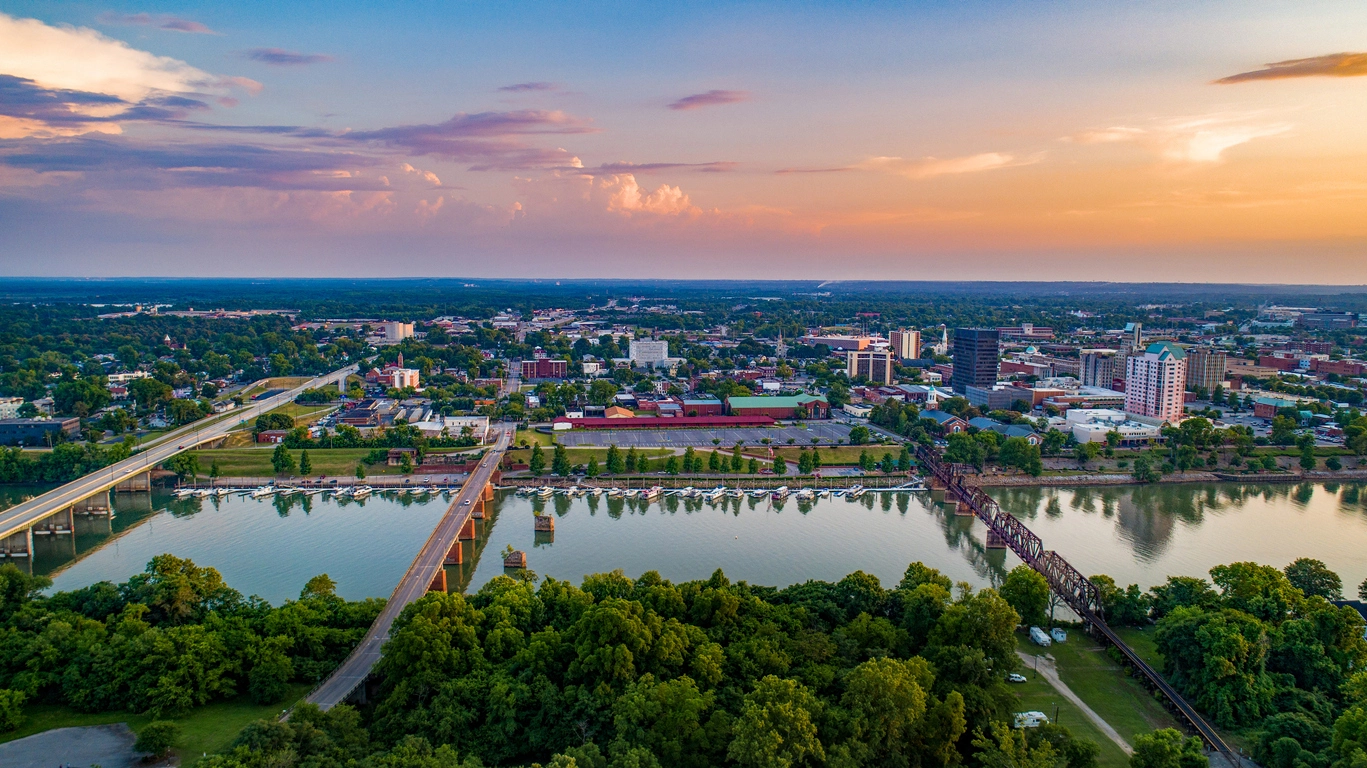
Many accident victims experience chest pain. Car accidents, in particular, can result in bruises or even fractured ribs from the stress of the seat belt on an occupant’s chest.
Most chest injuries heal within a few weeks after an accident. These injuries can cause significant pain and temporary disability but usually have no long-term effects. In some cases, however, a chest injury can cause life-threatening damage to your heart or lungs.
Learn more about chest injuries and the compensation you might be entitled to seek for a chest injury.
What Is the Structure of Your Chest?

The chest of the human body, also known as the thorax, lies between the head and abdomen. It starts below the neck and ends approximately at the diaphragm.
When doctors refer to your chest, they usually mean the musculoskeletal structures of the thorax. This term usually doesn’t include structures inside the chest cavity.
Thus, chest injuries include injuries to the bones, cartilage, muscles, tendons, and ligaments that protect the chest cavity. A different term, thoracic injury, refers to an injury to an organ, blood vessel, or nerve inside the chest cavity.
The ribs make up the largest and most noticeable area of your chest. You have 12 pairs of ribs, making a total of 24. At the top of your rib cage, you have seven pairs of “true” ribs. These ribs form a joint with your spine in your back and attach via cartilage to the sternum in the front.
Below the true ribs sit three pairs of “false” ribs. The false ribs also form a joint with the spine, but in the front of the body, they attach to the true ribs instead of the sternum.
Doctors refer to the bottom two pairs of ribs as “floating” ribs. These only form a joint with your spine and do not attach to anything in the front of your chest.
Ligaments connect your ribs to your spine. These tough, elastic bands of tissue provide structure while allowing your ribs to move. When your ribs are stressed, the ligaments let the joint bend slightly to reduce the risk of a rib fracture.
Muscles sit between and over your ribs, giving your chest the strength to carry your body weight. They also move your chest when you breathe, turn, or bend.
What Causes Chest Injuries?
Chest injuries usually result from one of three types of trauma:
Hyperextension
Hyperextension occurs when your chest gets stretched beyond its normal range.
For example, if you slip and fall on a staircase and try to catch yourself by grabbing a handrail, you can hyperextend muscles, tendons, and ligaments within your chest. Hyperextension can also happen in a car crash when your body twists and bends under the force of the collision.
Blunt Trauma
Blunt trauma happens when something hits your chest without piercing it. Seat belt injuries often result from blunt trauma. Hitting the ground after a fall can also cause blunt trauma.
Penetrating Trauma
Penetrating trauma happens when something hits your chest and creates an open wound. For example, a bicycle accident can cause a penetrating injury if the handlebars hit and pierce your chest.
Penetrating injuries typically cause bleeding and create a risk of infection. They can also cause a thoracic injury if the object reaches your chest cavity.
What Types of Chest Injuries Can Happen?
Chest injuries can take many forms depending on the type of tissue damaged. Examples of chest injuries include:
Sprained or Strained Chest
Chest strain occurs when a hyperextension or blunt injury stretches or tears the muscles or tendons in your chest. While uncomfortable, chest strain usually heals in a few weeks and rarely requires surgery.
Symptoms of chest strain can include:
- Inflammation at the site of the injury
- Pain or stiffness
- Muscular spasms
- Weakness
A sprained chest happens when the ligaments holding your ribs to your spine are torn or overextended. These injuries will also heal with home treatment within a few weeks.
Symptoms of a sprained chest include:
- Joint pain where your ribs meet your spine
- Swelling
- Limited range of motion
- Bruises
- A rib that feels loose
Both strains and sprains cause chest pain. You should consult a doctor if you experience chest pain after an accident to rule out other conditions that could also be causing chest pain, like a heart attack.
Torn Cartilage
All three types of trauma can tear the cartilage that holds your true ribs and false ribs in place.
When the cartilage tears, the ribs can dislocate, producing symptoms like:
- Pain in the center of your chest, particularly during inhalation
- Swelling
- Loose ribs
- Popping in your chest at the time of injury or when you move.
Cartilage heals more slowly than other soft tissue. You might experience symptoms of torn cartilage for months after your injury. But your pain and other symptoms should lessen as the swelling subsides after a few days.
Fractured Rib
A rib can fracture under the stress of a blunt injury. You can usually distinguish between a fracture and other injuries because a fracture generally happens away from the joints in the front and back of your chest.
Fractured ribs often heal within six weeks with home treatment. The one exception is if multiple ribs fracture into three or more pieces. In this situation, the loose rib pieces create a condition known as “flail chest,” a life-threatening injury requiring emergency treatment.
What Complications Can Result From Chest Injuries?
A chest injury can cause a thoracic injury if a penetrating object enters the chest cavity and damages the heart or lungs. It can also create an air leak that collapses your lungs.
Similarly, blunt trauma can cause internal bleeding. If the blood fills the sac around the heart or the space around the lungs, your life could be in danger.
Even though most chest injuries heal with home treatment, you should always consult a doctor after you injure your chest in an accident. A trained physician can diagnose your injury and check for these and other serious complications.
What Compensation Can You Seek for a Chest Injury?
You might be entitled to compensation if you’ve been injured due to someone else’s negligence. Such payments are intended to cover medical expenses, lost income, and pain and suffering. A chest injury can temporarily disable you or even lead to a life-threatening condition. To discuss the compensation you can seek for these and other effects of a chest injury, contact Hawk Law Group at (706) 722-3500 for a free consultation.
